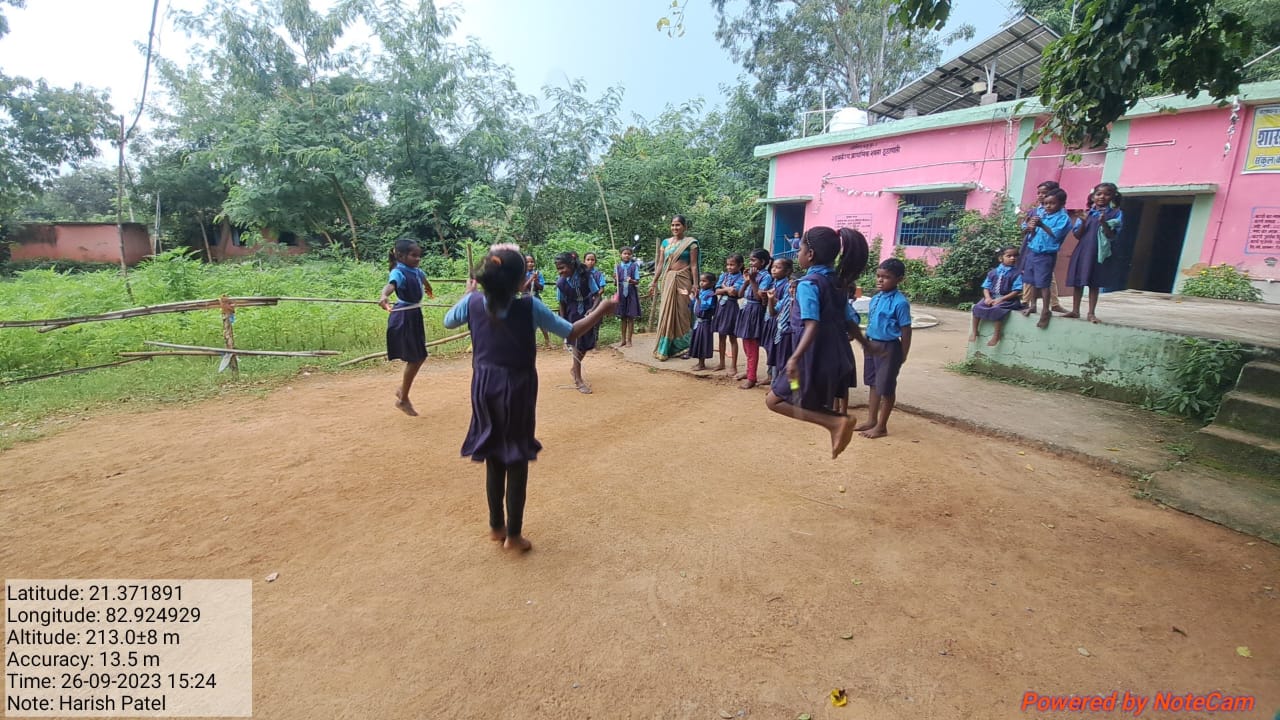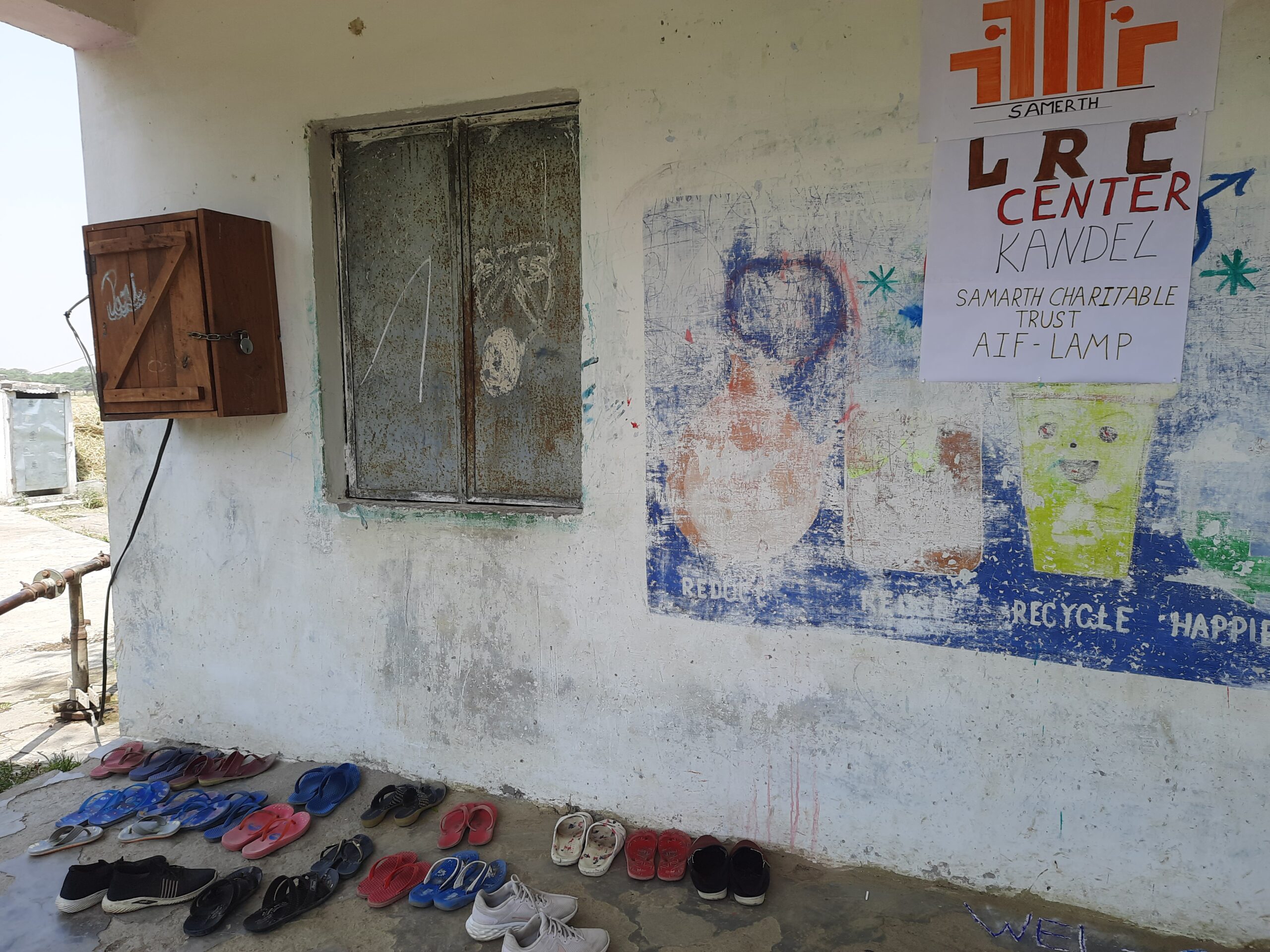Seasonal Migration In Chhattisgarh
When I was going to the villages of Bodla, Chhattisgarh in summer, a large number of houses were locked. They had migrated in search of work and would return during monsoon to practice agriculture. Both seasonal and distress migration were distant phenomenon to me. Other than studying theoretically about it in school, I was not aware of its actual impact.
It could also be because while growing up in Tamil Nadu, with a relatively advantaged upbringing, people’s livelihoods was not an obstacle to maintain a decent standard of living around me. I had also not experienced the effects of seasonal rainfall or maybe, I just didn’t observe enough. Moving from a place (Tamil Nadu) where a lot of migrant workers come to a place (Chhattisgarh) from where they go, I could clearly see the direct impact of weather, climate change, and livelihoods opportunities on their lives.
On digging deeper, I came to know that migration is one of the biggest stressors as agriculture is a predominant occupation. Most of the agricultural land is rain-fed. So, during the rainy season, people come back to grow crops as there is water availability.

Scarcity of Agricultural Labours
Many communities in Chhattisgarh follow slash and burn cultivation. It is the practice of clearing and burning areas of vegetation to replenish the soil and grow crops again. Most of the agricultural lands are small and scattered. Other than that, the unavailability of agricultural labour affects the agricultural yield and production. Often, the cost of growing the crops exceeds a lot more than the income earned from it. During summer, I saw farmer families engaging in drip irrigation. If the timing changes, crop suffers. Post monsoon, land also dries up.

People migrate to other districts, sometimes to other states in search of temporary jobs to sustain themselves. They usually go along with their family so that all members can be engaged in labour work and contribute in putting food on the table until next monsoon. Major occupations in this period include factory work, construction, operating machine, and garment making. These are of informal nature not complying to the labour laws. Hence, there is a health risk due to long working hours, hazardous workplaces, lack of insurance benefits, and fear of layoffs. Children’s education is also compromised.
Migration And Education Of Children
Children miss schooling and learning for a large part of the year. They typically attend school only when the parents come back to the village. When I spoke to the government school teachers here, I got to know that when children return after the migration window, they have forgotten everything they had studied earlier, even the letters. It becomes difficult for the teachers to start from the scratch again. They also said that many children drop out in between and never come back.
Also read: Complexity Of Education And My Belief In Solution
On accompanying parents to the worksite, children also get engaged in labour. They are not considered minors who have different needs. Instead, they are seen as human resource capable of working at minimum wages. The parents have no choice but to agree to this violation of right to education, and experience childhood. Sometimes, parents also feel demotivated and helpless about continuing their children’s education because they probably know it won’t be regular and long lasting.

At Samerth, I got introduced to Learning and Migration Program, an initiative by American India Foundation in states from where people in large number migrate. Under this program, learning resource centres (LRCs) enable and ensure learning of children from migrating families.
Learning Resource Centres (LRCs) For Children
One school in selected villages becomes the LRC to cater to the education needs in that area. It is the nodal point for all the schools in neighbouring villages. The learning facilitator is a local resourceful person who can teach the children in their own dialect. It attempts to impart the foundational skills of literacy and numeracy through teaching maths, science and language for communication. This is done through valuable learning material and practical learning kits.
In some places, seasonal hostels are also set up to nurture, support and accommodate children when their families are away so that the parents don’t have to worry about their safety, security and well-being. Otherwise, parents would either discontinue children’s education or would have to make arrangements for them to stay with their grandparents or extended family members. grandparents.




To ensure quality education, the facilitators focus on captivating learners’ attention, improving learning outcomes, using innovative and engaging ways to teach including art work, dance, games and extracurricular activities. These methods inculcate interest and strengthen educational values in their minds.
LRCs also engage the school management committee that has both parents and teachers as a part of it. Senior students are guided on available scholarships, employment opportunities, and career guidance.


Conclusion
I met Anil, a young boy full of energy, enthusiasm, and curiosity. He is studying in 5th standard at one of the LRCs and lives with his grandparents when his parents migrate. Earlier, he used to go along with them but his education got prioritised after several failed attempts. His parents gradually understood where his interest lies and the extent of his learning potential.
This reminded me of human-centred design, a concept we learnt during the India Fellow induction training. LRCs may have its own share of challenges but the way it is designed to bridge the gaps in education and promote learning outcomes of children from migrant families, it does keep the humans involved at the centre





0 Comments